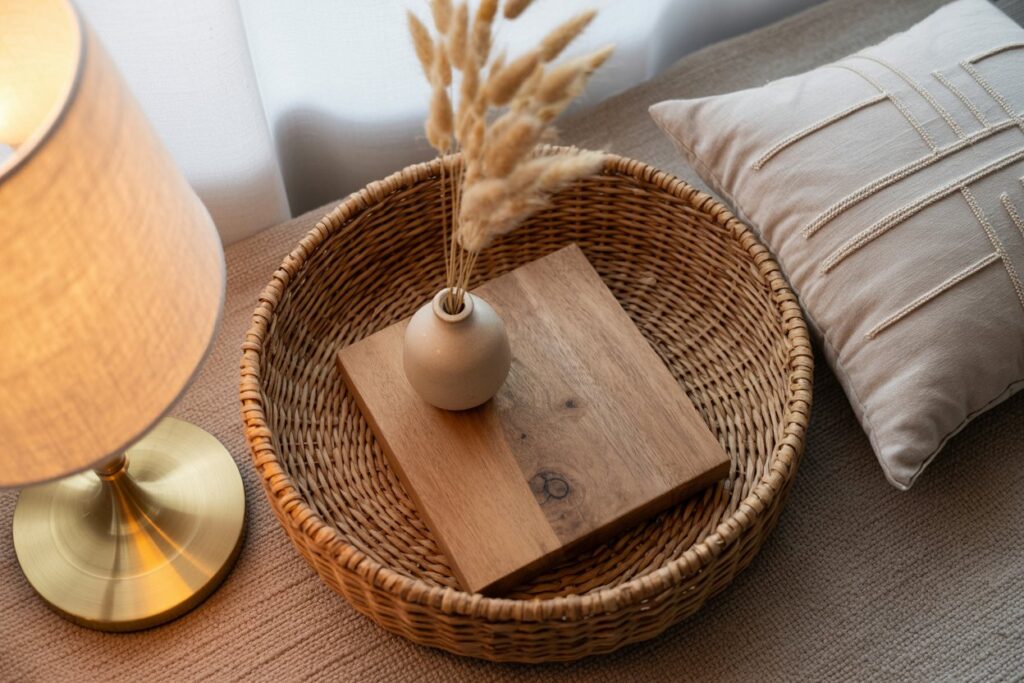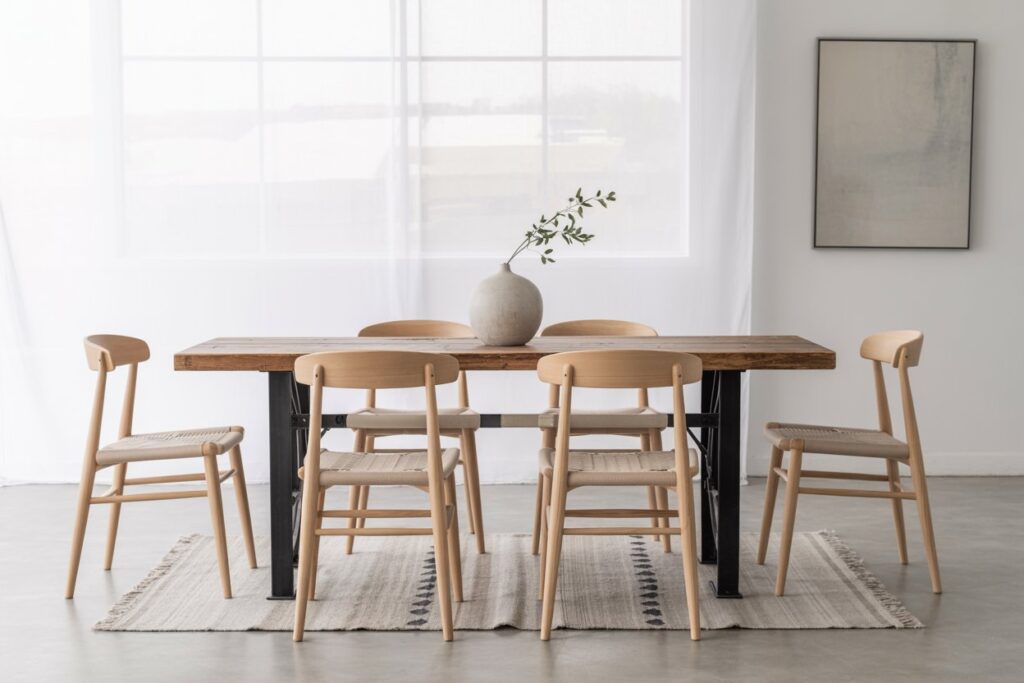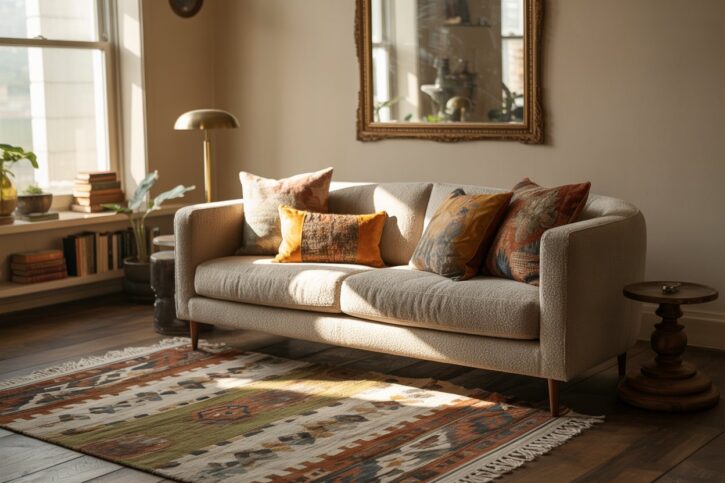How to Mix and Match Decor Styles Without Making a Mess
We’ve all been there: you love that sleek modern lamp, but you also can’t stop thinking about your grandma’s vintage mirror. Your Pinterest board is a beautiful mess of boho, industrial, mid-century, and a little Parisian glam… and somehow you want it all in one room.
The good news? Mixing styles is totally doable—and actually makes your space way more interesting. The trick is doing it with intention, so it looks like a vibe, not like a garage sale exploded.
Here’s how to blend different design styles without losing your mind (or your aesthetic).
Choose a Dominant Style First
Think of this as your home’s “base flavor.” Before you start mixing, pick one style to lead the way—this gives your space a sense of direction. It doesn’t mean everything has to match, but it helps to ground the room.
Example: Love Scandinavian design? Let that guide your big pieces (sofa, rug, walls), then bring in boho or vintage touches through decor and textiles.
Stick to a Consistent Color Palette

One of the easiest ways to mix styles without chaos is to keep the colors cohesive. If your room is full of different shapes, eras, and materials, a tight palette helps everything feel connected.
Choose 2–3 main colors (neutrals count!) and one or two accents. This way, even if you mix Art Deco with farmhouse, it still feels like one story.
Repeat Key Materials or Textures
Another trick to make mixed styles work? Repeat similar materials. If you have brass in a mirror frame, echo it in a lamp base. If you love natural wood, bring it into multiple pieces—even if their styles differ.
That kind of visual repetition creates harmony, even when the styles are doing their own thing.
Blend Shapes and Silhouettes Thoughtfully
If everything in a room is modern and boxy, one curvy vintage chair can really pop (in a good way). On the flip side, if your space has lots of ornate lines, a clean, modern piece can add balance.
The goal is contrast with intention—not competition. Mix soft and structured, round and straight, ornate and minimal.
Don’t Overdo It

You don’t need to squeeze five styles into one room. In fact, two or three is more than enough. Try to keep the mix tight and purposeful, or designate styles to certain zones or rooms.
Example: Your living room leans boho-Scandi, your dining area nods to industrial—cool! Just make sure there’s a thread (like color or material) tying it together.
Use Transitional Pieces as Bridges
Some pieces act like a style chameleon—they blend well with almost anything. Think simple wood tables, rattan accents, white ceramics, or neutral-toned linen cushions.
These are your glue. They help connect wildly different styles without drawing too much attention to themselves.
Let Your Personality Shine
Honestly? If something makes you happy, that matters more than any style rule. A gallery wall of mismatched art, a funky chair you thrifted, or a lamp that makes no sense but feels very you—these are the things that make a house feel like home.
When your space reflects your personality, it doesn’t need to be perfect—it just needs to feel right.
Conclusion: It’s All About Balance
Mixing styles isn’t about rules—it’s about rhythm. With a little thought, a clear color story, and some intentional layering, you can blend modern with vintage, glam with rustic, and boho with minimal without ending up in chaos.
Because at the end of the day, great style isn’t about matching—it’s about making it yours.






